Made In Space has 3Dprinted a part on the International Space Station that is made from engineering-grade PEI/PC plastic.
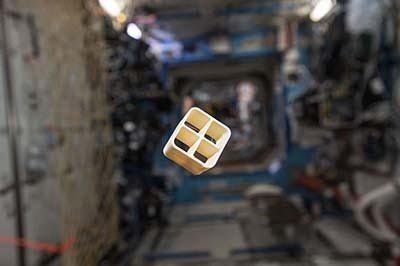

Scientists have demonstrated a method for growing capillaries, the tiny vessels responsible for transporting blood around the body.
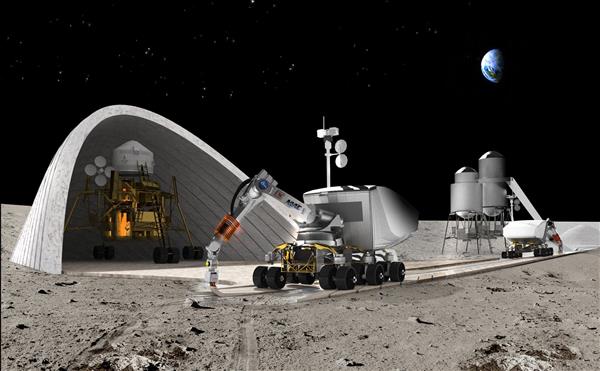
Phase 1, which was the Design part of the competition, was completed back in 2015. Phase 2 is the Structural Member Competition, and the most recent level challenged competitors to 3D print a beam for bend testing. Scores were calculated based on the final material composition of the 3D printed beam and the maximum load that could be held before it failed.
Seoul-based Moon X Construction were not eligible for prize money, but $67,465 was awarded to Form Forge of Oregon State University for the second place entry. Foster and Partners with Branch Technology of Chattanooga, Tennessee came in third, earning $63,783, after getting $85,930 for getting first place in the first round of Phase 2. Fairbanks University of Alaska and CTL Group Mars of Illinois came in fourth and fifth respectively, with Singaporean team ROBOCON finishing in sixth place.
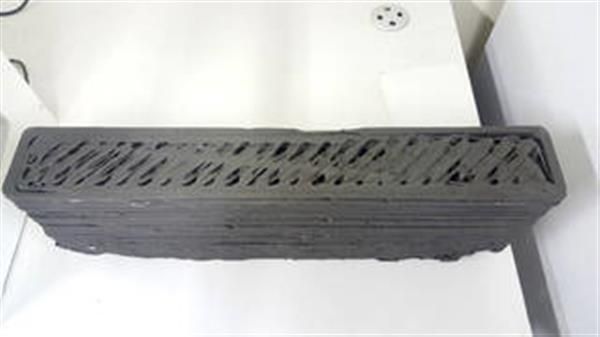
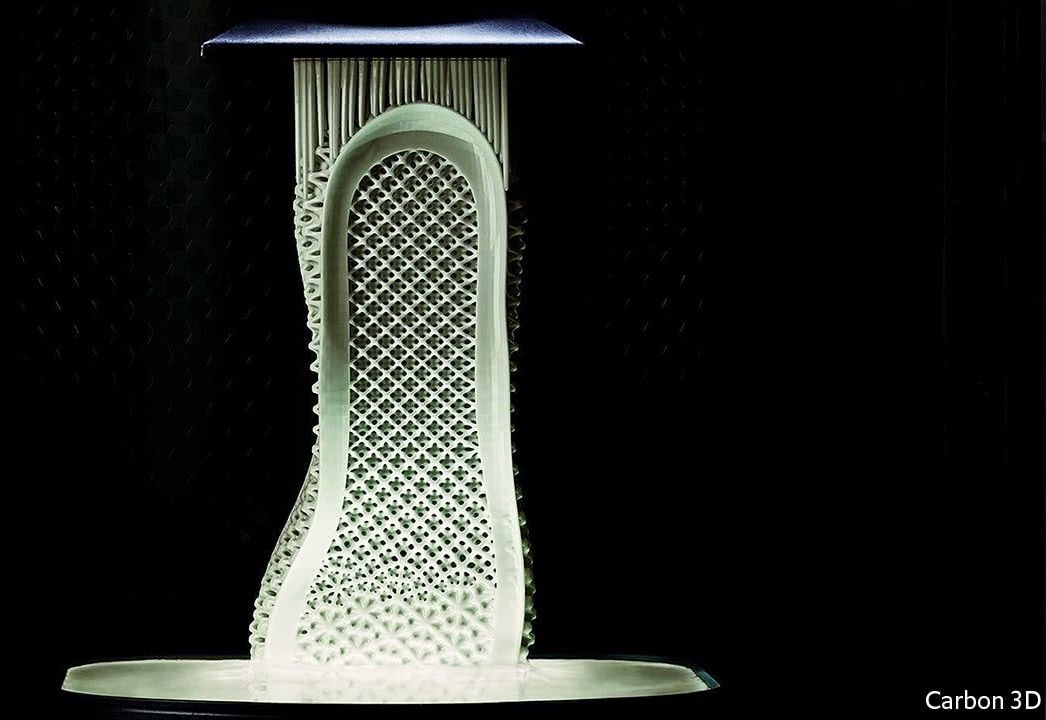
As this example shows, 3D printing has come a long way, quickly. In February 2011, when The Economist ran a story called “Print me a Stradivarius”, the idea of printing objects still seemed extraordinary. Now, it is well established. Additive manufacturing, as it is known technically, is speeding up prototyping designs and is also being used to make customised and complex items for actual sale.
SLOWLY but surely the sole of a shoe emerges from a bowl of liquid resin, as Excalibur rose from the enchanted lake. And, just as Excalibur was no ordinary sword, this is no ordinary sole. It is light and flexible, with an intricate internal structure, the better to help it support the wearer’s foot. Paired with its solemate it will underpin a set of trainers from a new range planned by Adidas, a German sportswear firm.
Adidas intends to use the 3D-printed soles to make trainers at two new, highly automated factories in Germany and America, instead of producing them in the low-cost Asian countries to which most trainer production has been outsourced in recent years. The firm will thus be able to bring its shoes to market faster and keep up with fashion trends. At the moment, getting a design to the shops can take months. The new factories, each of which is intended to turn out up to 500,000 pairs of trainers a year, should cut that to a week or less.
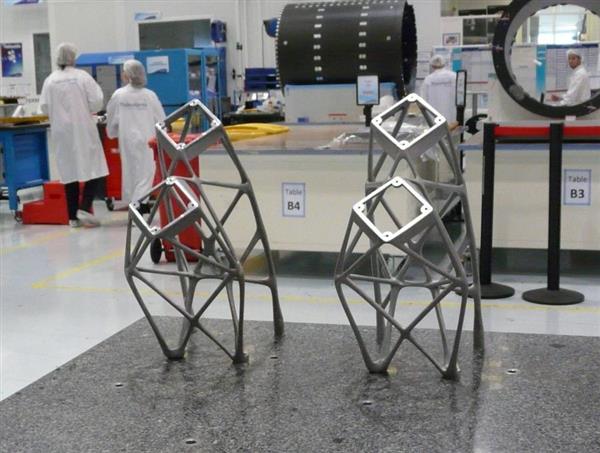
Thales Alenia Space has seen massive savings in time and cost for the manufacturing of its products thanks to 3D printing, said Florent Lebrun, who heads space antenna development at the company. With this new manufacturing process, not only can Thales cut production lead time for certain components from months to weeks, it can save up to 50 percent on expenditure per part, he said.
Thales began experimenting with 3D printing, or additive manufacturing, in 2013, when it produced its first few demonstrator products. In 2015, it implemented a 3D-printed part for the first time on a telecommunications satellite — an antenna horn mounting strut for TurkmenAlem52E/MonacoSat. The company also produced eight titanium antenna fittings for Arabsat 6B that year, Lebrun said.
Now, two years later, after the launch of SGDC 1, Telkom 3S and Koreasat 7, Thales has orbited around 80 3D-printed parts, with more than 120 additional parts produced this year for future applications.
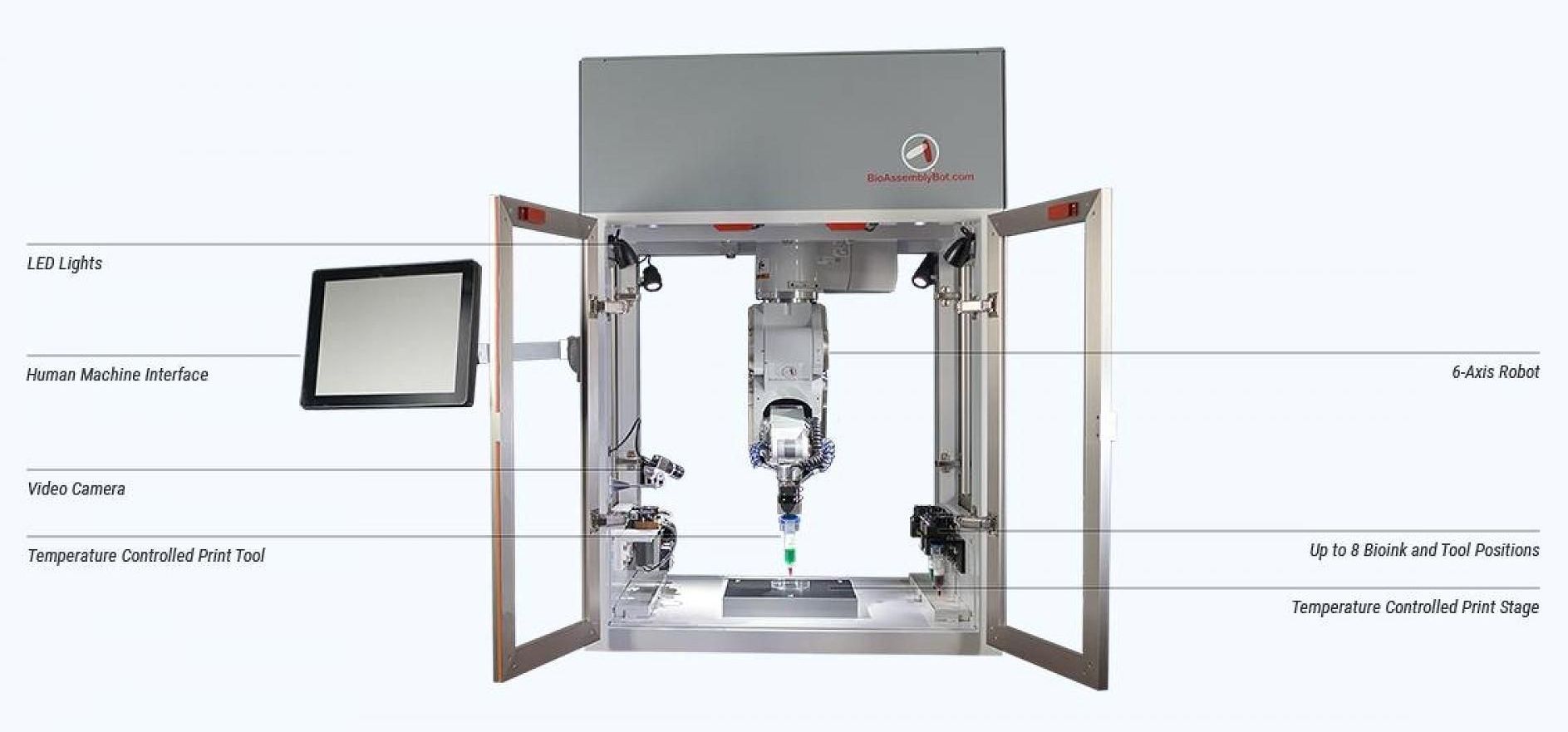
Kentucky-based software company Advanced Solutions has developed what it calls the world’s first 3D human tissue printer that operates on a six axis robot.
Called the BioAssemblyBot, the machine is the second generation of 3D printers focused on producing biomedical materials intended to revolutionizing healthcare.
The goal is to 3D print human organs, Advanced Solutions president and CEO Michael Golway told CNBC on Friday.
This 3D-printed chair was made from biodegradable plastic.
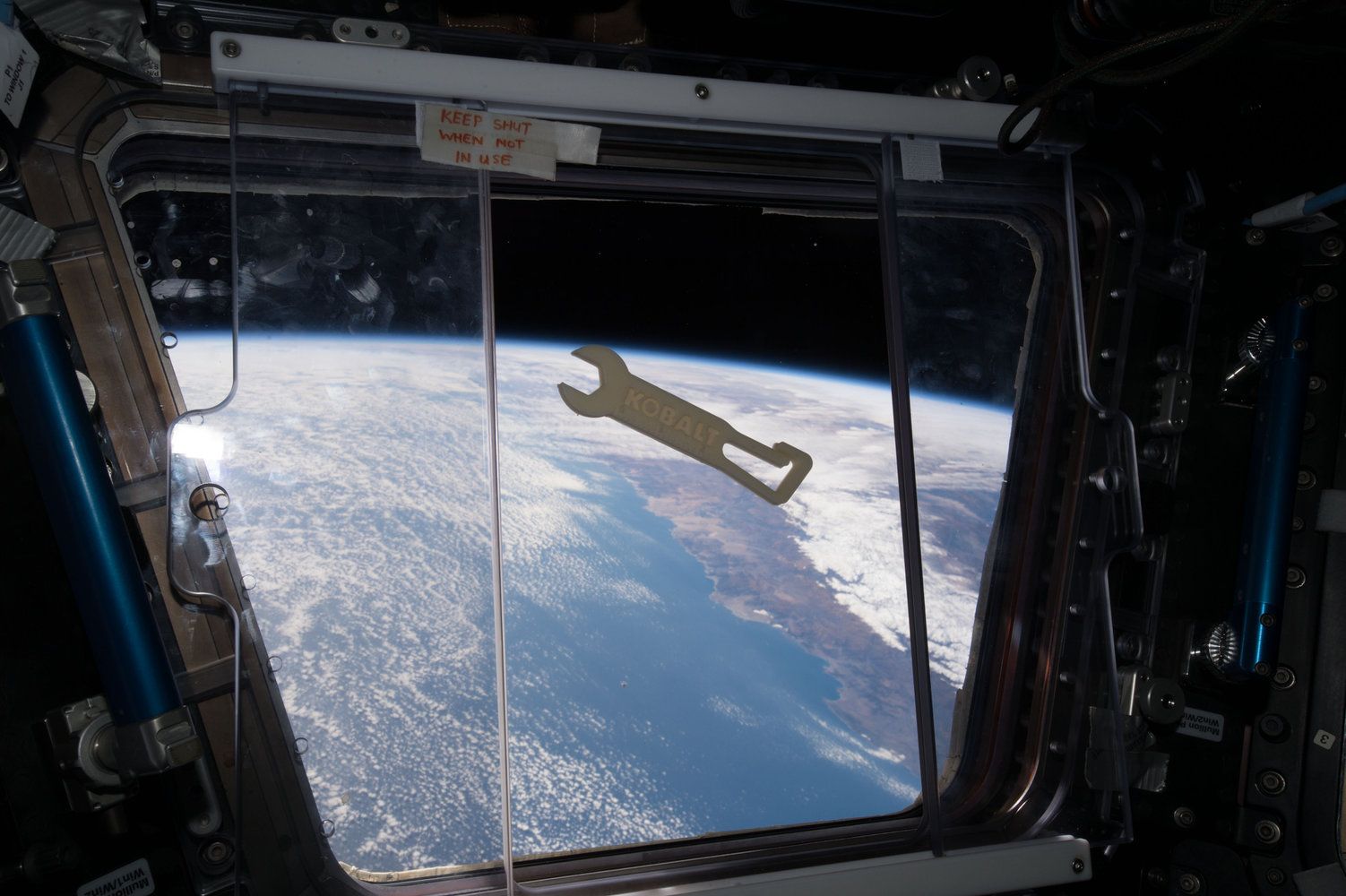
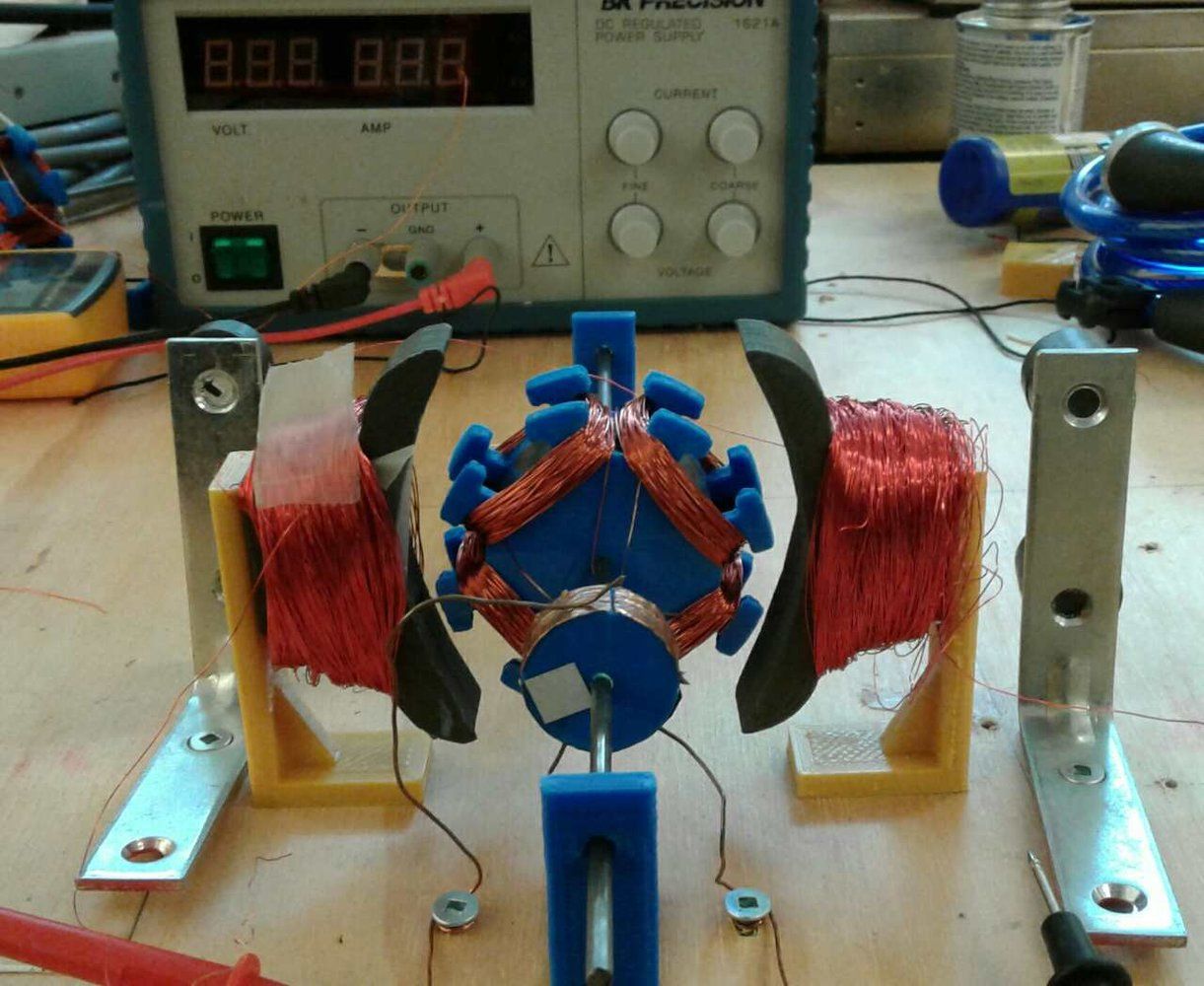
A 3D printer that could re-create itself from lunar material is in development at a university in Canada.
The technology could one day enable humans to 3D-print lunar bases, as well as conduct in-space manufacturing of satellites and solar shields on the moon that could help fight global warming, according to Alex Ellery, an associate professor in the Department of Mechanical and Aerospace Engineering at Carleton University in Ottawa, who is leading the project.
“I believe that self-replicating machines will be transformative for space exploration because it effectively bypasses launch costs,” Ellery told Space.com. [How Moon Bases and Lunar Colonies Work (Infographic)].
This could lead to a small 3D printer used by soldiers to quickly make anything needed in the field.